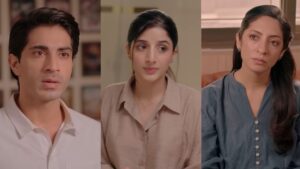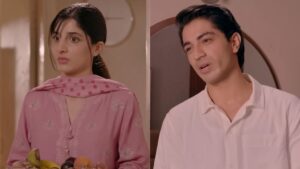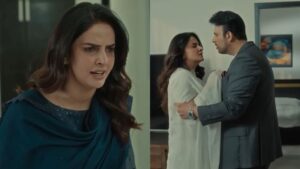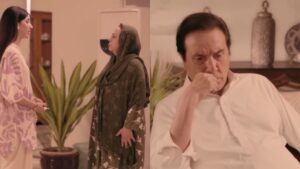In the rich tapestry of South Asian culture, saree stands out as a timeless embodiment of grace and beauty. The garment boasts multiple drapes and folds tied in a harmonious symphony that makes it a rather romantic choice of clothing.
Who is it romancing though?
Many people have talked about the the unparalleled charm of the garment but what makes it a staple in the closet of the South Asian woman is the empowerment it carries. Nobody is denying the fashion statement that the garment makes but over the years the saree has transformed into a statement of courage, representation, female autonomy and confidence. This enchanting attire transcends fashion trends, representing a profound connection to heritage and a celebration of the progressive spirit.
Women from all walks of life, celebrities to working professionals adorn the saree for important occasions and ceremonies. In Pakistan as the female students round-up their course of studies, their farewell parties see a great lineup of them dressed to the nines adorning the six yard garment. In the early 70’s and 80’s women used to wear sarees when they visited cinemas because it marked as a celebratory event unlike their normal day to day monotony.
It continues to be the garment worn on celebratory events that are synonymous to events regarded as achievements. In countries like India where the saree is worn very frequently it also helps in generating employment, sustaining the handloom sector, driving the textile and apparel industry, boosting retail and export businesses.
Historical accounts and artwork from that Mauryan and Gupta Empire depict women wearing beautifully draped garments that resemble the saree. These sarees were often made from fine silk and adorned with intricate designs, showcasing the opulence and artistic sensibilities of the era. Many miniature paintings from the time also show women adorning an attire similar to the saree.
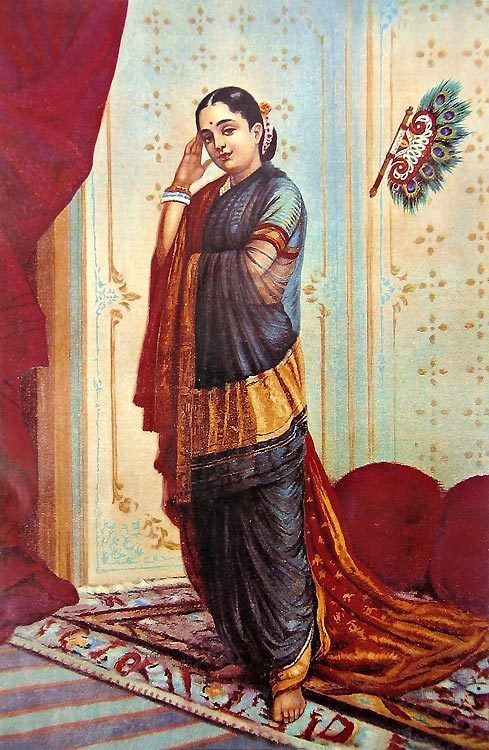
In the entertainment industry, the saree continues to reign as the resplendent choice of attire. Madam Noor Jahan always wore the the garment for her television recordings and it comes as no surprise that her style and aura continues to be as vivid as it was when she was alive. Madam Noor Jahan’s saree collection was a reflection of her diverse personality and her love for artistic expression. She effortlessly embraced different fabric choices, colors, and patterns, setting trends and leaving a lasting impact on the fashion landscape, inspiring fashion enthusiasts till date.

Aishwarya Rai opted to wear it for her Cannes Film Festival debut in 2003 which continues to be an iconic moment in the Cannes red carpet history. Her golden saree appearance marked a significant moment in her career, opening doors for South Asian fashion, putting on display the allure of the garment as well as influencing future generations of South Asian actresses to embrace their cultural identity while making a mark on the international stage. Mahira Khan also adorned the saree for her multiple press meets at the Cannes Film Festival in 2018.

When the multi-starrer Bollywood movie Brahmachari hit the screens in the late 1960s, people rushed to the theatres to catch a glimpse of its incredible star cast, however years later what has stayed in people’s minds is Mumtaz’s orange saree in the song ‘Aaj kal tereay meray pyaar kay charchay‘.
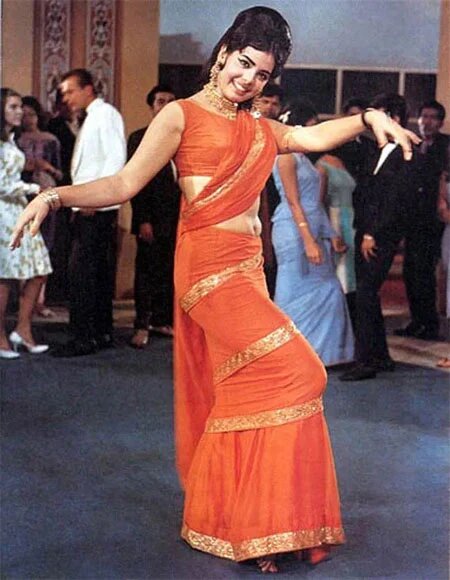
We love to see women wearing cotton sarees to work as well, it adds a touch of elegance and charm to a their professional demeanor, while also contributing to a diverse and inclusive workplace environment. The romantic relationship between women and sarees is one of admiration, pride, and self-expression. It encapsulates the essence of femininity, cultural identity, and the celebration of individuality.
#sareenotsorry





